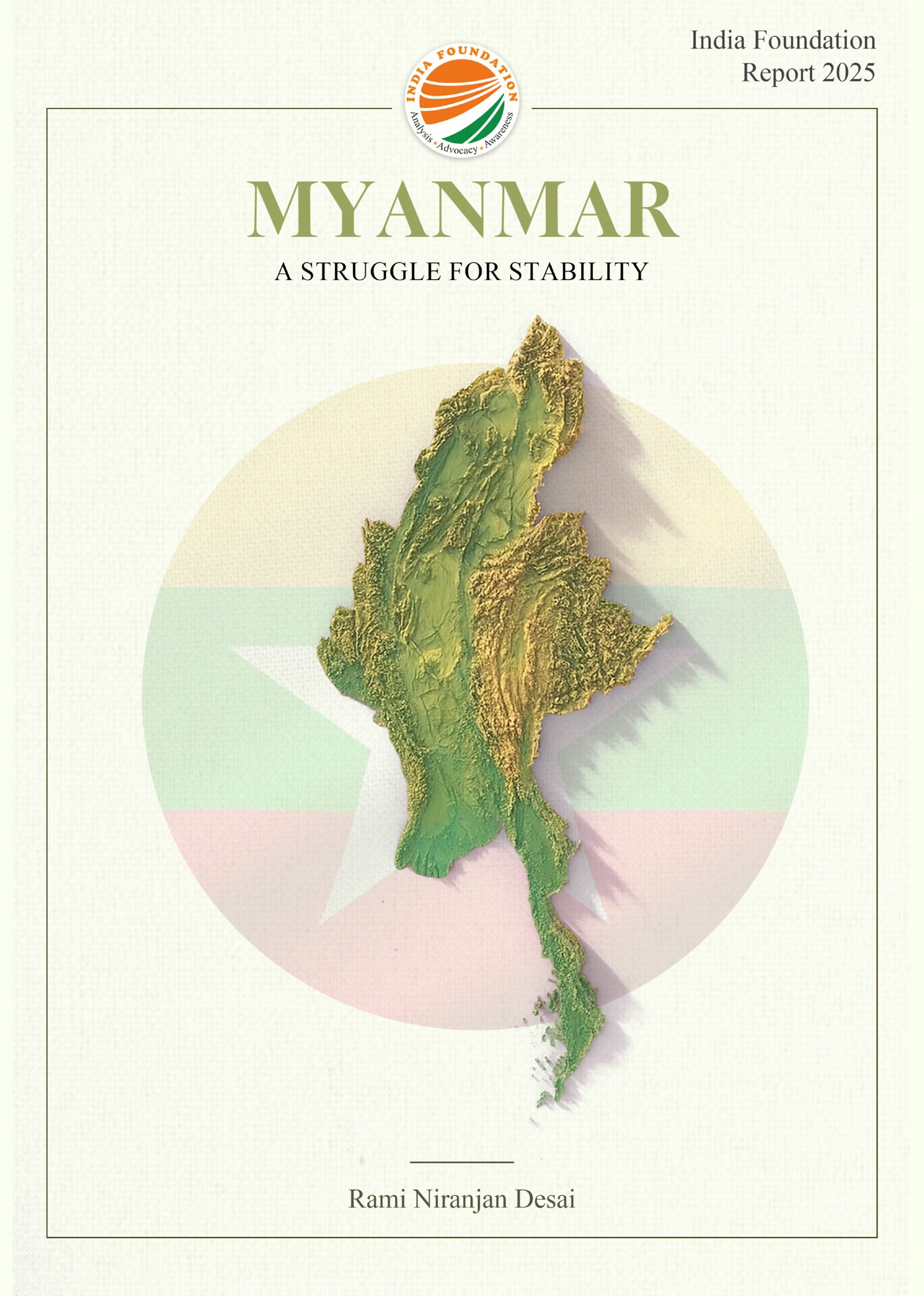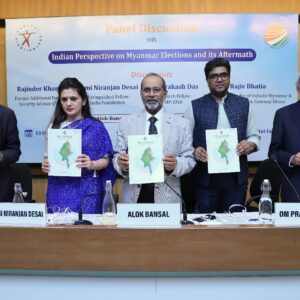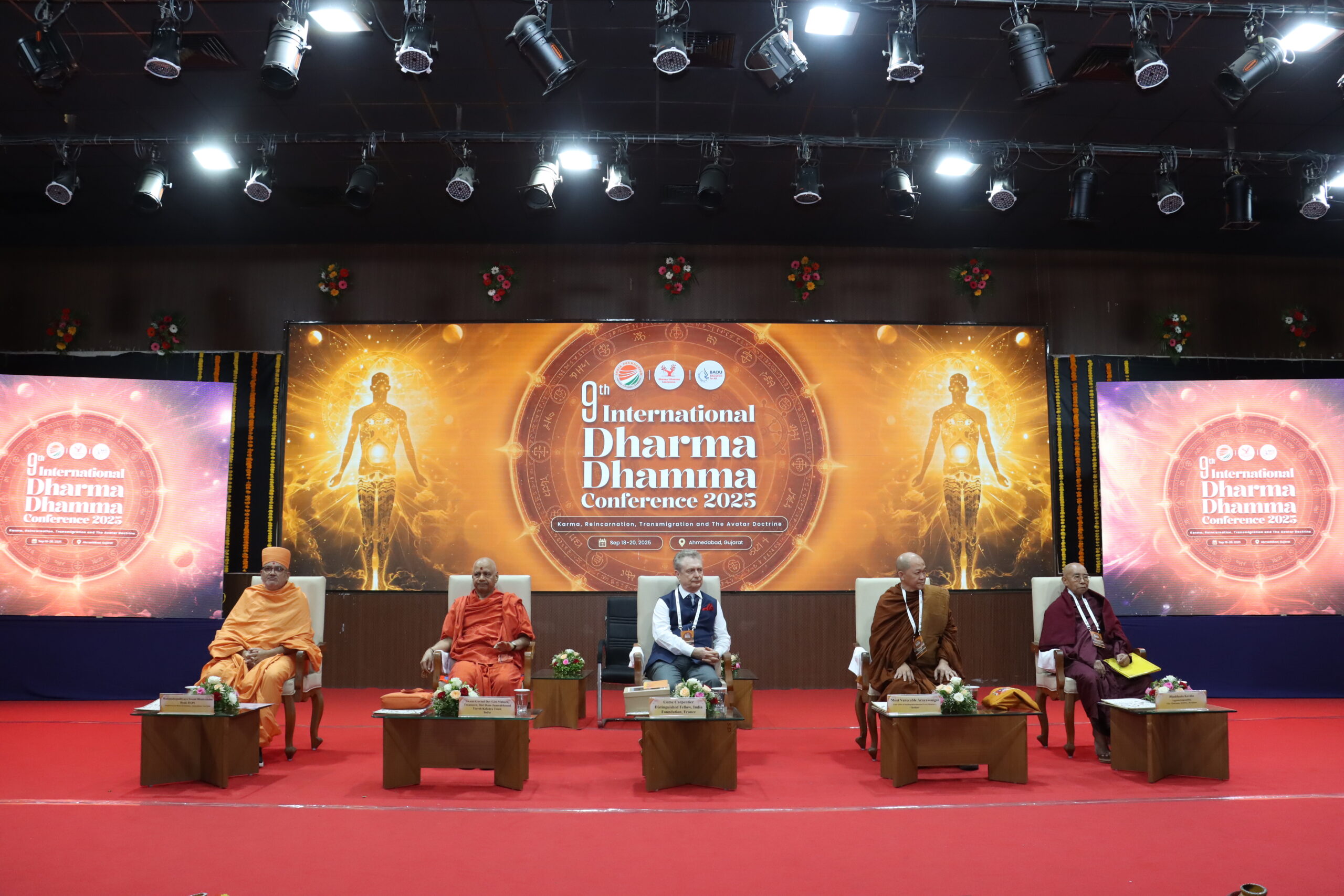The notion of soft power is associated with the work of Harvard political scientist, Joseph Nye and was defined by him simply as ‘the ability to attract people to our side without coercion’. The phrase was first used by Nye in an article published in 1990 in the US journal, Foreign Policy and expanded in his 2004 book Soft Power. Despite Nye’s focus being primarily on the United States, and the vagueness associated with the concept of soft power, the phrase has acquired global currency and is routinely used in policy and academic literature, as well as in elite journalism. The capacity of nations to make themselves attractive in a globalizing marketplace of ideas has become an important aspect of contemporary international relations, as has been the goal of communicating a favourable image of a country or countering negative portrayals in an era of digital global flows.
As the world’s fastest growing large economy and with a pluralist polity, India is increasingly viewed as a global economic and political power. Since 2013, India has been the world’s third largest economy behind China and the United States on the basis of purchasing-power parity, while, in overall GDP terms, its $2.6 trillion economy has become the sixth largest, surpassing France in 2018. Nevertheless, the country is still home to the world’s largest number of people living in extreme poverty.
Parallel to its rising economic power are the growing global awareness and appreciation of India’s soft power – its extensive and globalized diaspora, mass media, celebratory religiosity (Yoga and Ayurveda) and popular culture. India’s soft power has a civilizational dimension to it, the Indic civilization, dating back more than 5000 years, being one of the major cultural formations in the world, with wide-ranging influences from religion and philosophy, arts and architecture to language, literature, trade and travel. India is the point of origin of four of the world’s religions – Hinduism, Buddhism, Jainism and Sikhism – and, as the place where every major faith, with the exception of Shintoism and Confucianism, has coexisted for millennia, India offers a unique and syncretized religious discourse.
The dissemination of Hindu and Buddhist ideas across Asia is well documented: it is no coincidence that the official airline of Indonesia, the world’s largest Muslim country, is named Garuda, the Sanskrit name for the Hindu God Vishnu’s flying creature. The Indian contribution to Islamic thought (and via that to European) on mathematics, astronomy, and other physical and metaphysical sciences is widely recognized.
India’s soft power in historical terms was directed not towards the West but to Asia. India’s cultural influence across East and Southeast Asia during the early centuries of the Christian era was spread through the dispersion of Hinduism and Buddhism and thus the millennia-old relationship between India and the rest of Asia has a strong cultural and communication dimension. Buddhism was at the heart of this interaction, with the widest dissemination of ideas emanating from what constitutes India today, and remains a powerful link between the Indic and the Chinese civilizations. Narratives on Buddha’s life and teachings are still a cultural referent in much of Asia, while traces of Indic languages, cuisine, dance, and other art forms survive in parts of Southeast Asia, notably in Indonesia.
Two of the world’s other great religions – Christianity and Islam – also have long associations with India. Some of the earliest Christian communities were established in India: St. Thomas is supposed to be buried in Chennai and one of the world’s oldest mosques is also located in India – in Kerala, where Jewish communities have lived for millennia. Adding to this legacy is India’s long and continuing encounter with European modernity and its contribution to a distinctive worldview epitomized by leaders like Mahatma Gandhi, the apostle of non-violence and tolerance – whose thoughts influenced such leaders as Martin Luther King and Nelson Mandela. This rare combination of a civilization which has strong Hindu-Buddhist foundations, centuries of Islamic influence, and integration with Western institutions and ideas, gives India cultural resources to deal with the diverse, globalized and complex realities of the twenty-first century.
In Prime Minister Modi’s ‘faith-based’ diplomacy, promoting Buddhism is particularly pronounced. Emphasizing the millennium-old cultural and communication links with other Asian nations, especially China, the Indian government has propounded the idea of ‘sanskritievamsabhyata’ (culture and civilization) as a core principle for promoting India’s image globally. It is not without symbolic significance that the first foreign visit Modi made after being elected Prime Minister in 2014 was to Buddhist Bhutan. Since then, in his official visits to Asian nations such as Nepal, Japan, China, Mongolia and South Korea, he has repeatedly invoked Buddhism. With its focus on peace and non-violence, Buddhism is seen as a useful soft power tool for India, which has traditionally been a peace-loving nation. Another aspect of Modi’s faith-based diplomacy is the promotion of yoga as part of soft-power projection, in which his government has been active, as evidenced by the adoption of International Yoga Day by the United Nations on June 21.
With its history as the only major democracy that did not blindly follow the West during the Cold War years, pursuing an autonomous foreign policy, India also has the potential now to take up a more significant leadership role. Despite growing economic and strategic relations with Washington, it maintains close ties with other major and emerging powers. India’s presence at the Group of 77 developing nations and at the G-20 leading economies of the world has been effective in articulating a Southern perspective on global affairs. India is also a key member of the BRICS grouping of countries (Brazil, Russia, India, China, and South Africa), the Shanghai Cooperation Organization as well as the Commonwealth. As the 2017 annual report of India’s Ministry of External Affairs (MEA) noted: ‘India’s diplomatic approach and engagement with the wider world is reflective of its confidence as a rising power capable of shaping the global discourses in the emerging multi-polar world’, a sentiment also reflected in a 2017 documentary, India Boundless – A Place in the Heart of the World, produced for the Public Diplomacy Division of the MEA.
How effective are India’s soft power initiatives? The intangible nature of soft power makes it hard, if not impossible, to measure. Has India’s civilizational communication with Asia given New Delhi a greater voice in the continent’s geopolitics? One major problem India faces is that it has not successfully communicated its soft power resources apart from its popular cinema. Indian news and current affairs continue to be largely domestically oriented and therefore absent in the global news arena.
As a result, the capacity to communicate India’s cultural attributes – classical or con-temporary – to a globalized audience is largely underdeveloped. Of the countries with ambitions for a global role, India is the only one whose national broadcaster (Doordarshan) is not available in the major capitals of the world. Although international news channels are still dominated by Anglo-American broadcasters, most major non-English speaking countries have entered the arena to ensure their views on the world are heard via their English-language 24/7 news networks, such as China (CGTN), Russia (RT), Qatar (Al Jazeera English), Iran (Press TV) and Turkey (TRT-News). However, the Indian viewpoint is notably missing in the global news sphere, at a time when news media are a key instrument of public diplomacy.
While India’s English-language private news networks, such as NDTV 24×7, CNN-News 18, India Today Television, Times Now and WION (World Is One News) are available globally, they have rarely ventured out of their diasporic constituencies. For a nation with a developed model of journalism and one of the world’s largest English-language news markets, it is ironical that Indian journalism is losing interest in the wider world at a time when Indian industry is increasingly globalizing and international engagement with India is growing across the globe. Despite its penchant for managing media messages and Modi’s personal reputation as a formidable communicator, his government has done little to address this shortcoming in India’s external communication strategy.
(Prof. DayaKishanThussu is currently Disney Chair in Global Media and Distinguished Faculty Visiting Professor at Schwarzman College, Tsinghua University, Beijing. For many years he was Professor of International Communication at the University of Westminster in London. Among his many publications is Communicating India’s Soft Power: Buddha to Bollywood (Sage/India, 2016).)
(This article is carried in the print edition of March-April 2019 issue of India Foundation Journal.)



